Deviance and Social Control
1/74
There's no tags or description
Looks like no tags are added yet.
Name | Mastery | Learn | Test | Matching | Spaced |
|---|
No study sessions yet.
75 Terms
Deviance
the violation of norms (or rules or expectations)
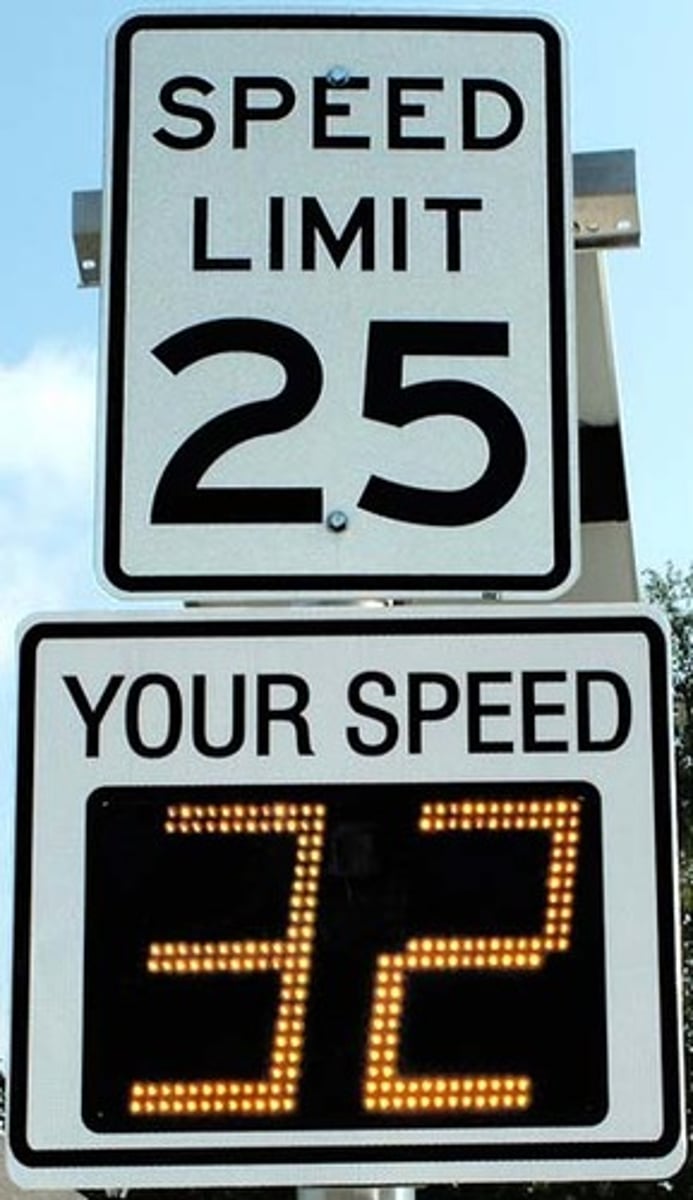
Crime
the violation of norms written into law
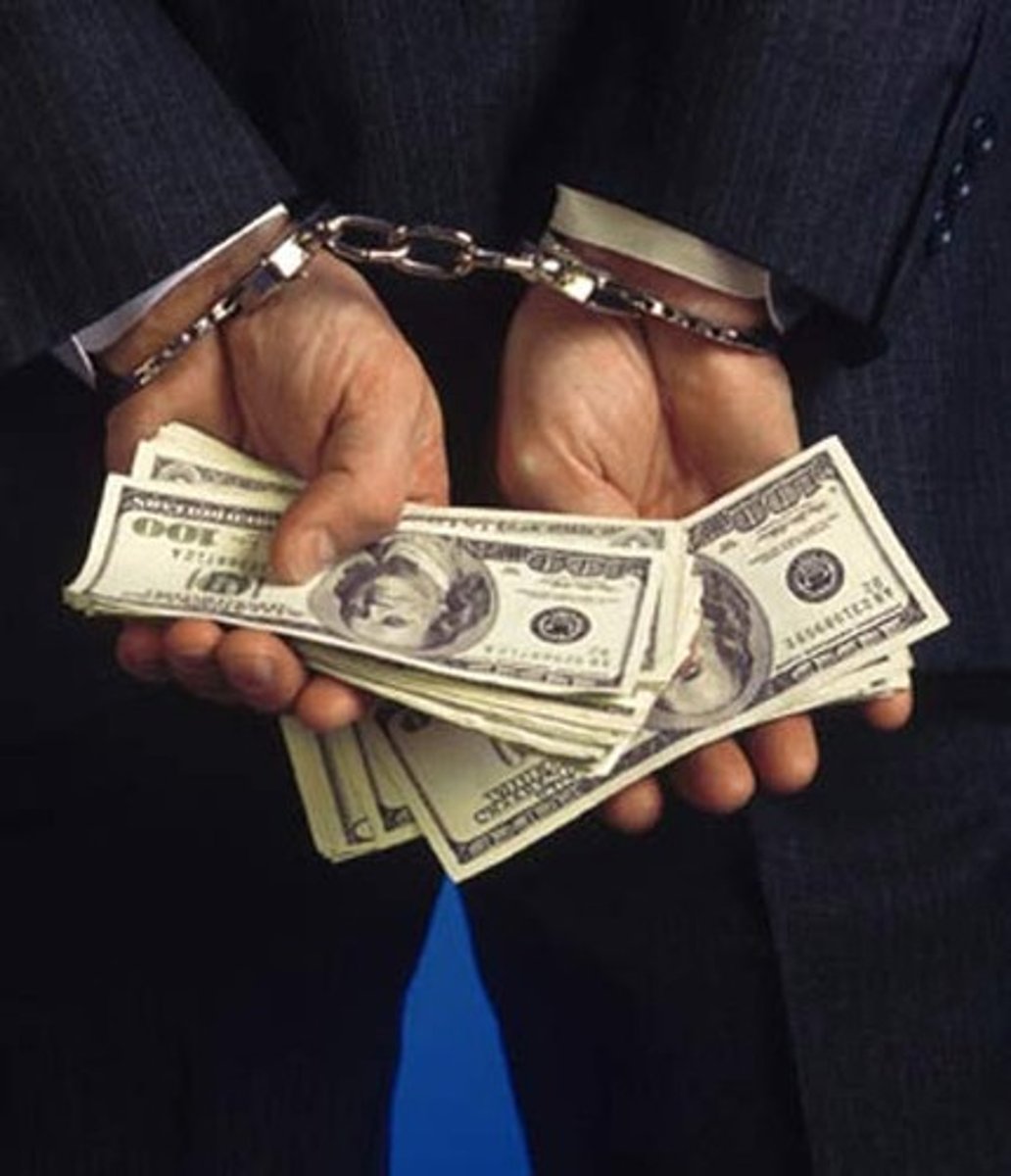
Categories of Crime
felonies, misdemeanors, offenses, treason and espionage, inchoate offenses
Stigma
"blemishes" that discredit a person's claim to a "normal" identity.

Social Control
a group's formal and informal means of enforcing its norms.
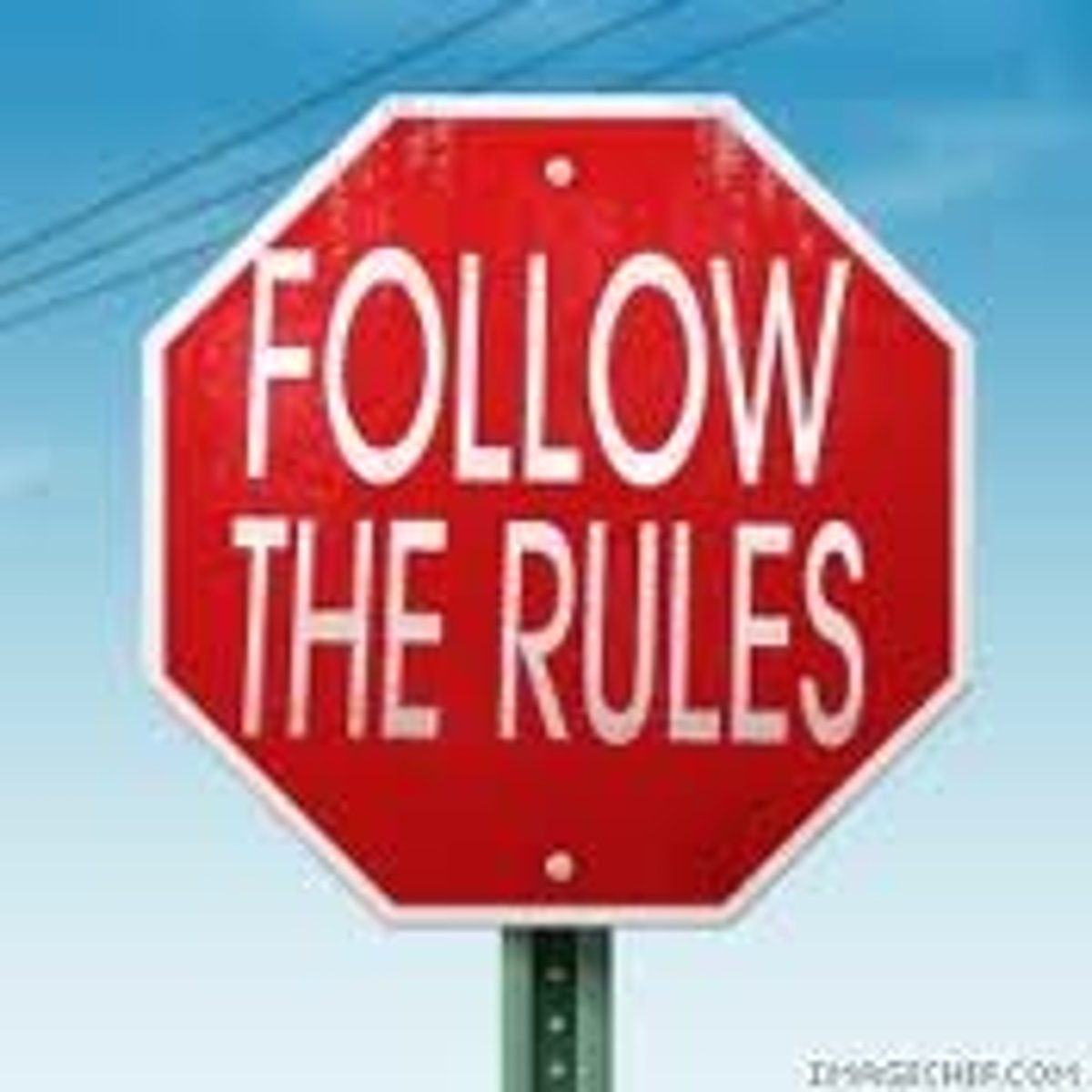
Social Order
a group's usual and customary social arrangements, on which its members depend and on which they base their lives
Negative Sanction
an expression of disapproval for breaking a norm, ranging from a mild, informal reaction such as a frown to a formal reaction such as fine or a prison sentence.
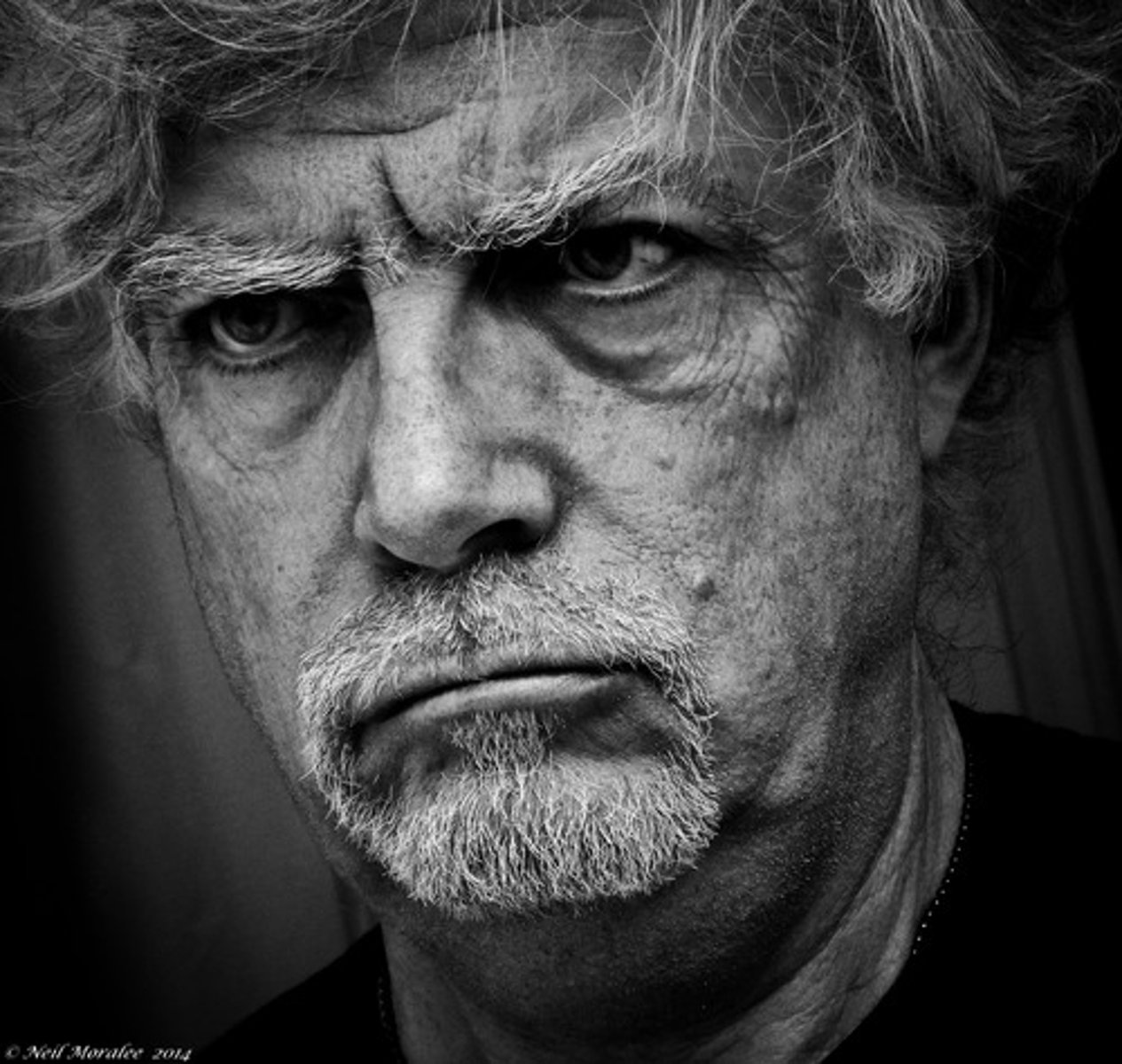
Positive Sanction
an expression of approval for following a norm, ranging from a smile or a good grade in a class to a material reward such as a prize.

Degradation Ceremony
a term coined by Harold Garfinkel to refer to a ritual whose goal is to remake someone's self by stripping away that individual's self-identity and stamping a new identity in its place
Differential Association
Edwin Sutherland's term to indicate that people who associate with some groups learn an "excess of definitions" of deviance, increasing the likelihood that they will become deviant.
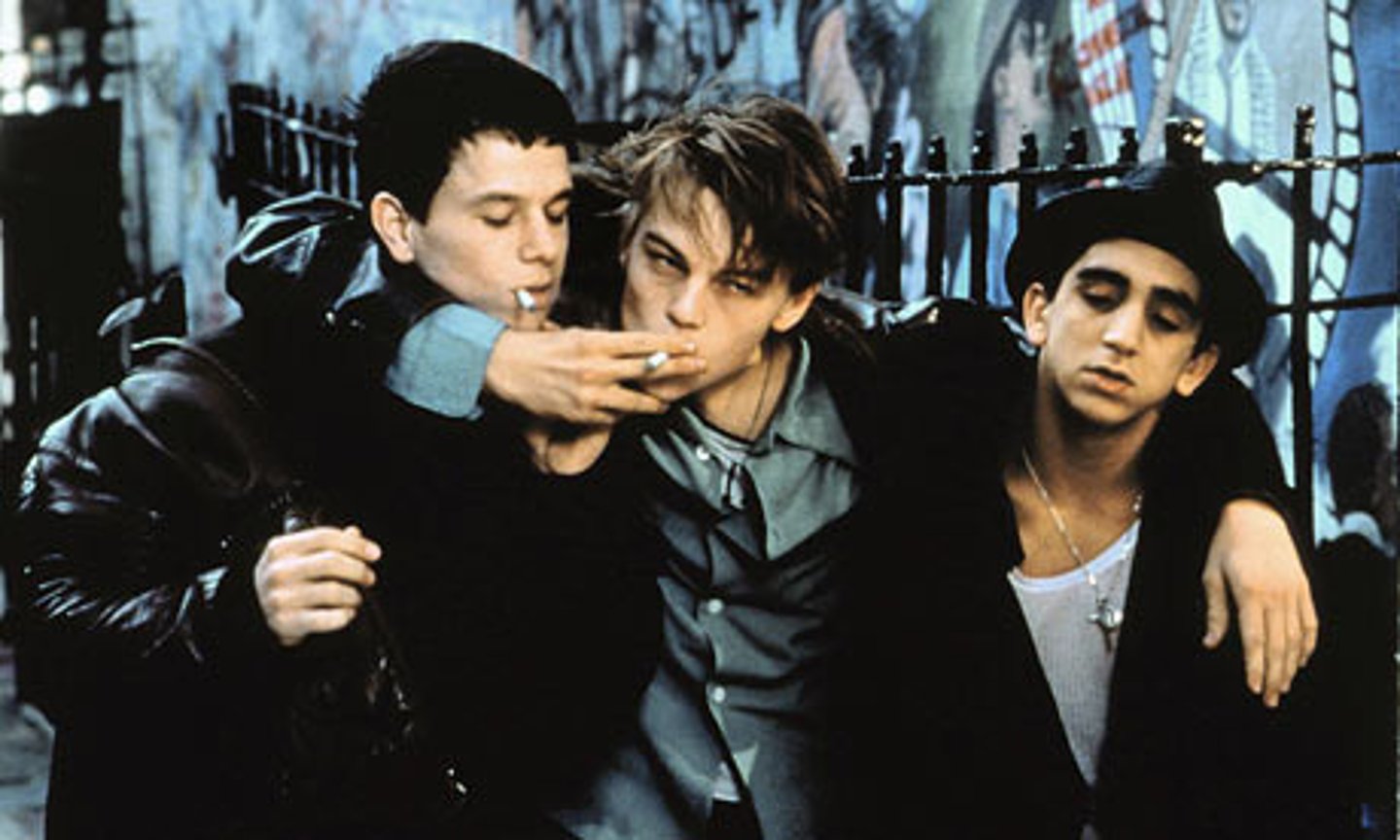
Control Theory
The idea that two control systems- inner controls and outer controls- work against our tendencies to deviate, or "help us to conform"

Labeling Theory
the view that the labels people are given affect their own and others' perceptions of them, thus channeling their behavior into either deviance or conformity.

Cultural Goals
the objectives held as legitimate or desirable for the members of a society to achieve.
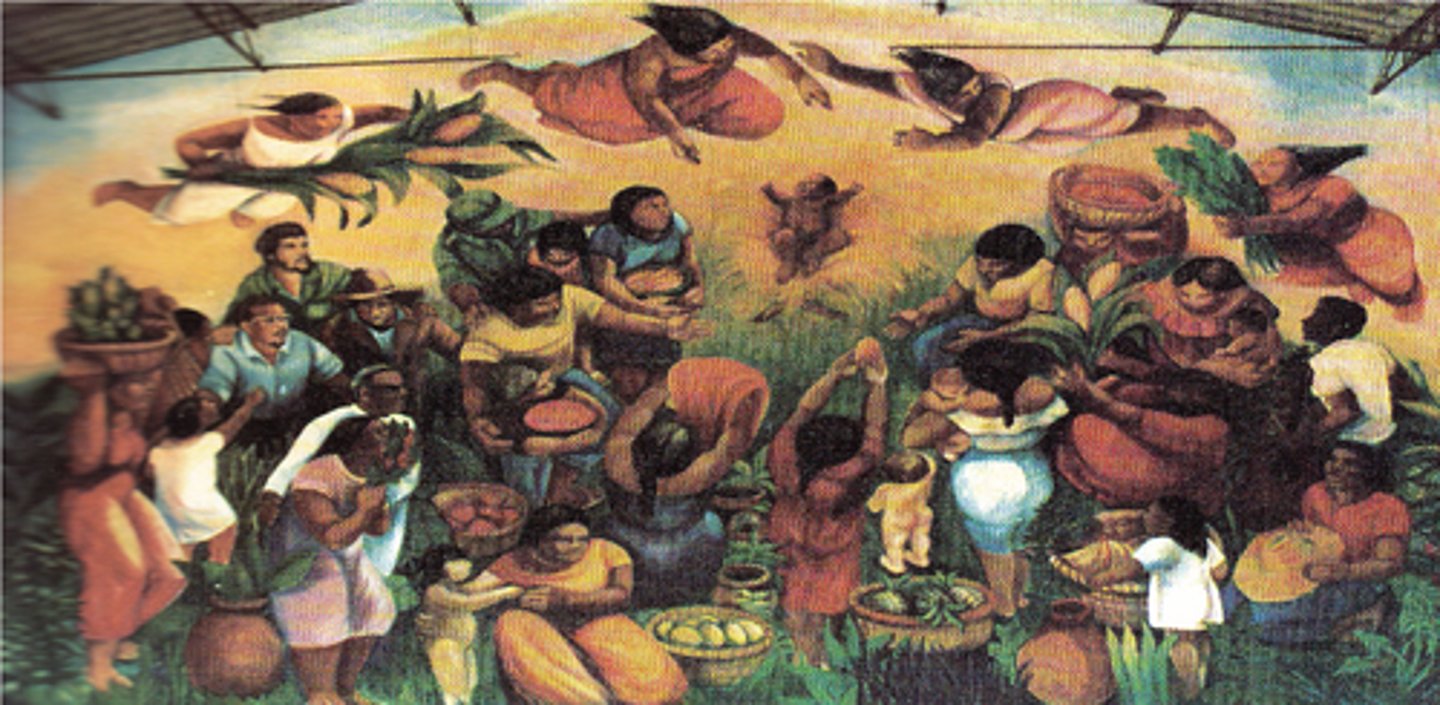
Institutionalized Means
approved ways of reaching cultural goals like education and training.

Strain Theory
Robert Merton's term for the strain engendered when a society socializes large numbers of people to desire a cultural goal (such as success), but withholds from some the approved means of reaching that goal; one adaptation to the strain is crime, the choice of an innovative means (one outside the approved system) to attain the cultural goal.
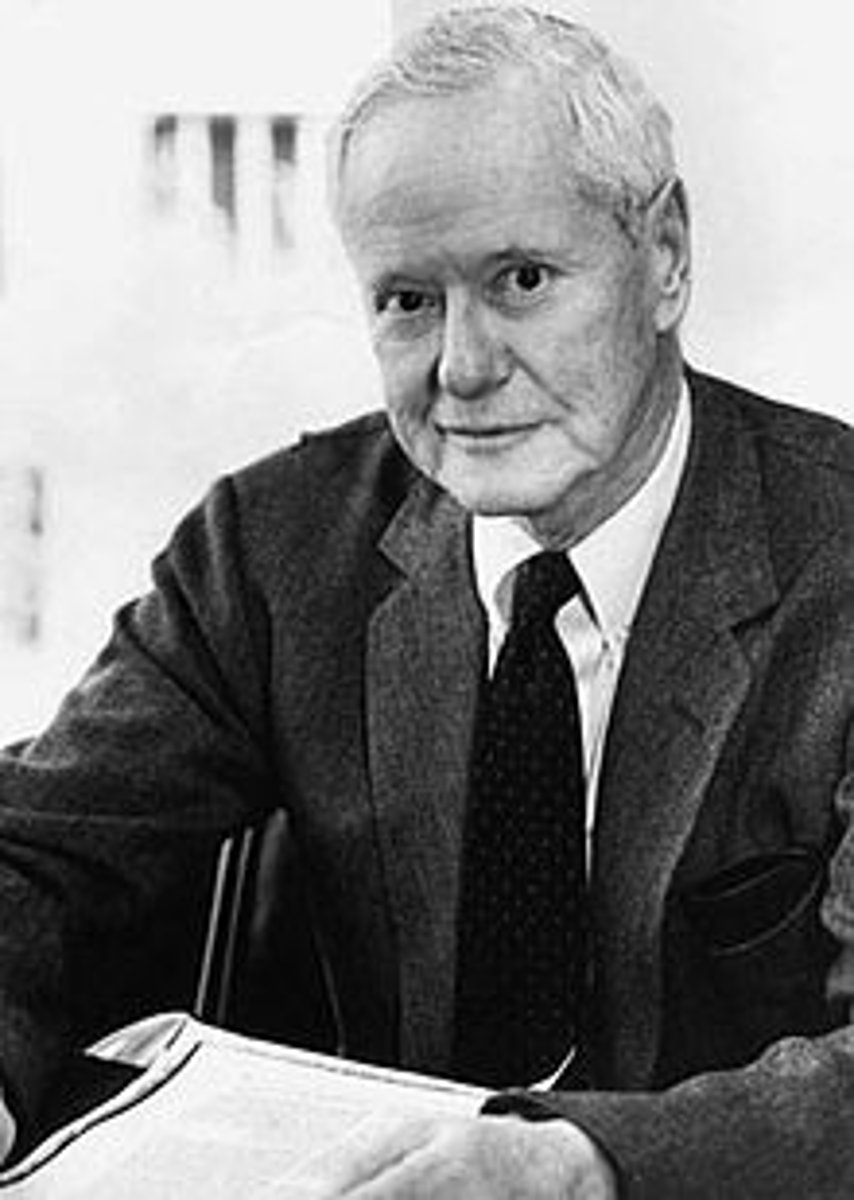
Conformity (Strain Theory)
accepts the cultural goals and accepts the institutionalized means of achieving those goals.
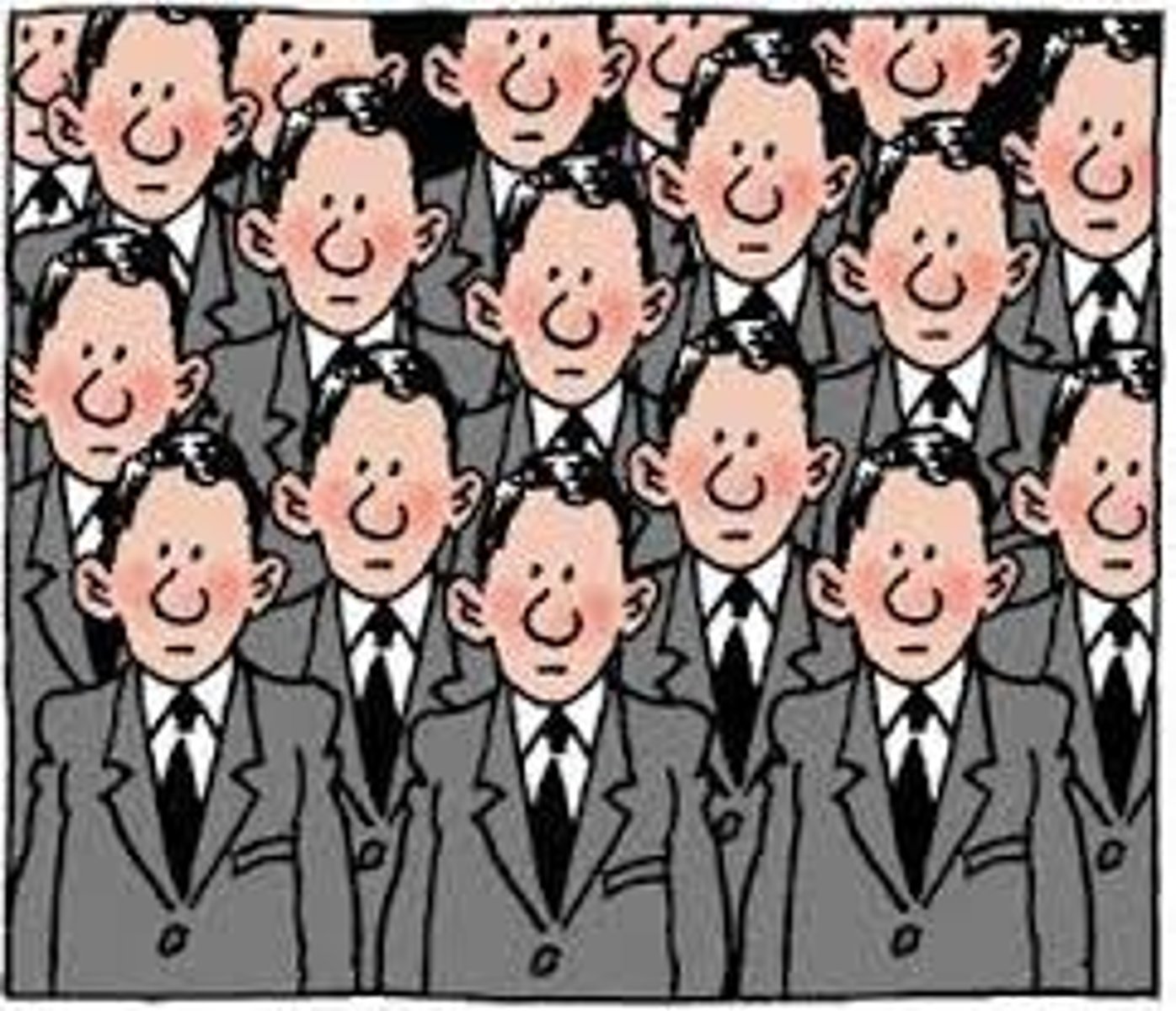
Innovation
One of the deviant paths according to Merton's Strain theory. This mode of adaptation accepts the cultural goals but rejects the institutionalized means of achieving these goals.

Ritualism
One of the deviant paths according to Merton's Strain Theory. This mode of adaptation rejects the cultural goals but accepts the institutionalized means of achieving them.

Retreatism
One of the deviant paths according to Merton's Strain Theory. This mode of adaptation rejects the cultural goals and rejects the institutionalized means of achieving these goals.
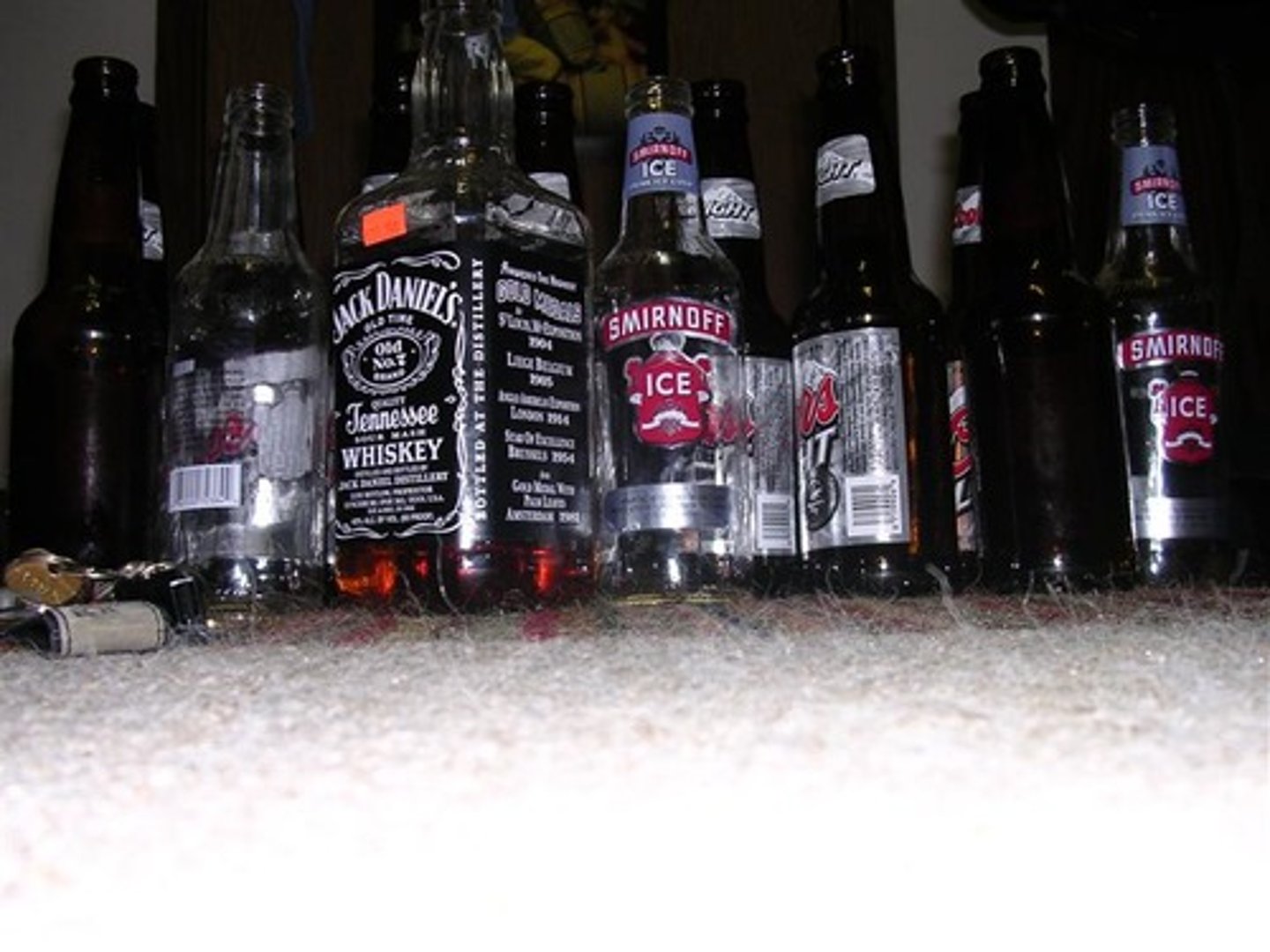
Rebellion
One of the deviant paths according to Merton's Strain Theory. This mode of adaptation rejects and replaces the cultural goals and rejects and replaces the institutionalized means of achieving these goals.
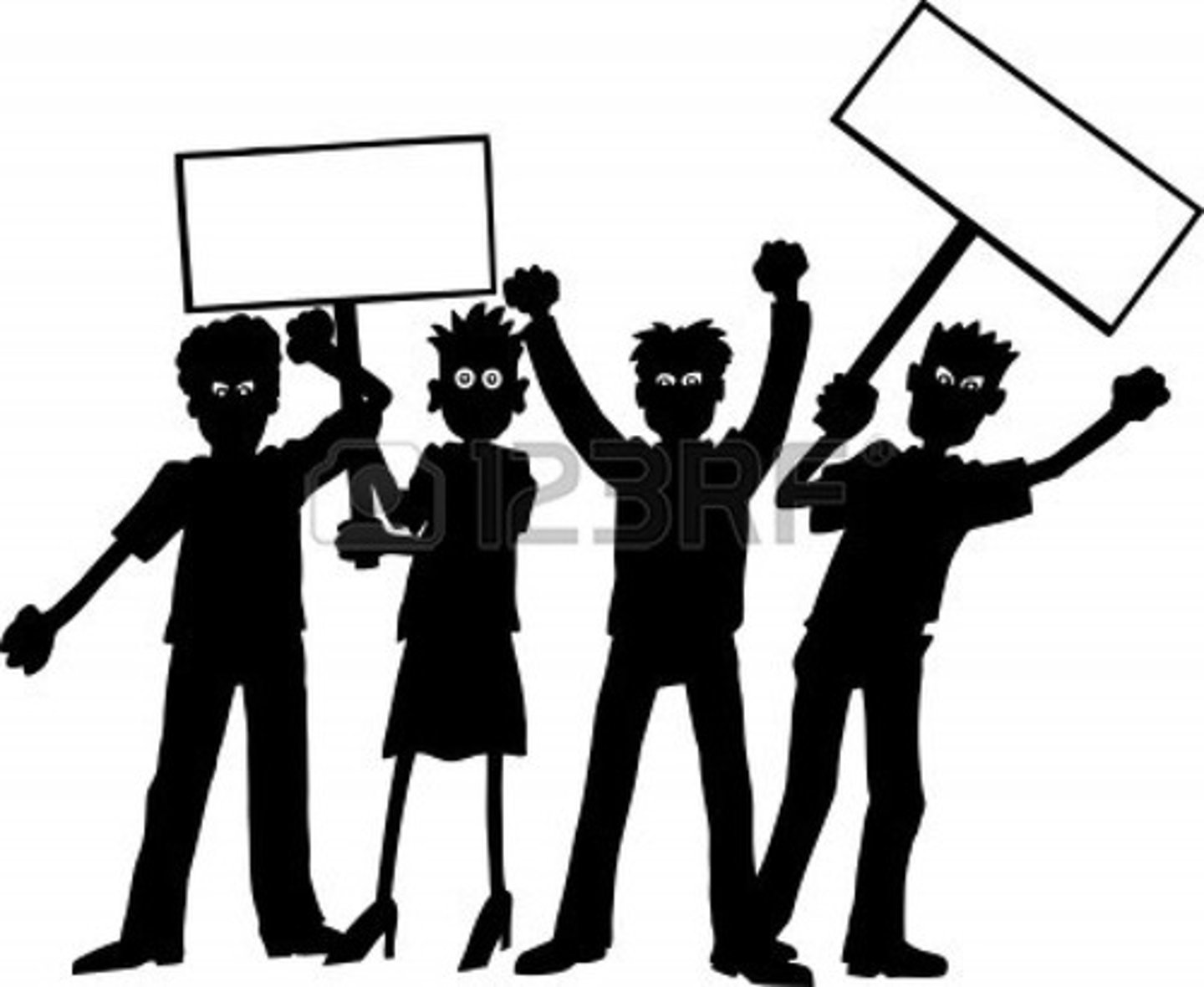
White-Collar Crime
Edwin Sutherland's term for crimes committed by people of respectable and high social status in the course of their occupations; for example, bribery of public officials, securities of violations, embezzlement, false advertising, and price fixing.
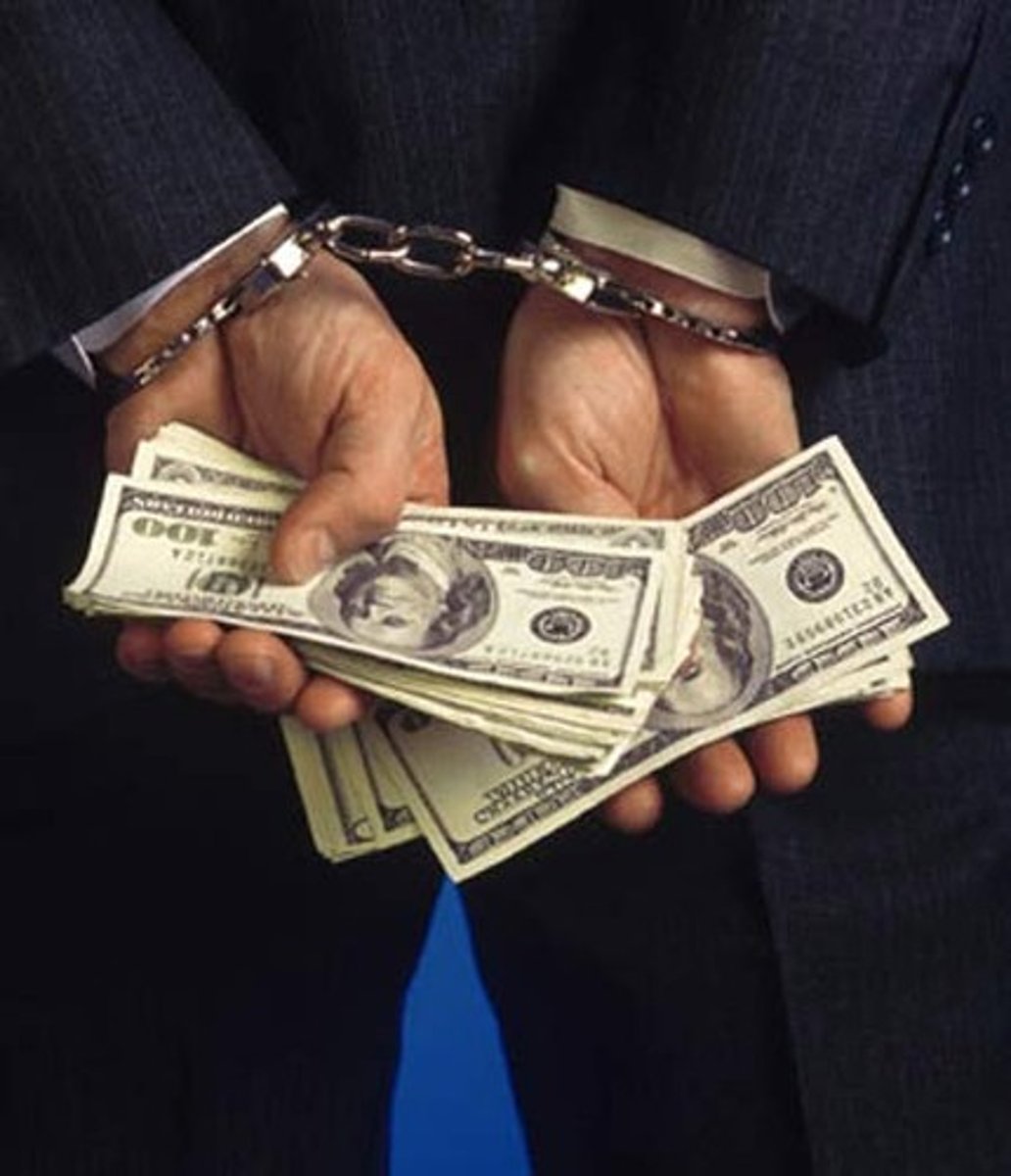
Criminal Justice System
the system of police, courts, and prisons set up to deal with people who are accused of having committed a crime.
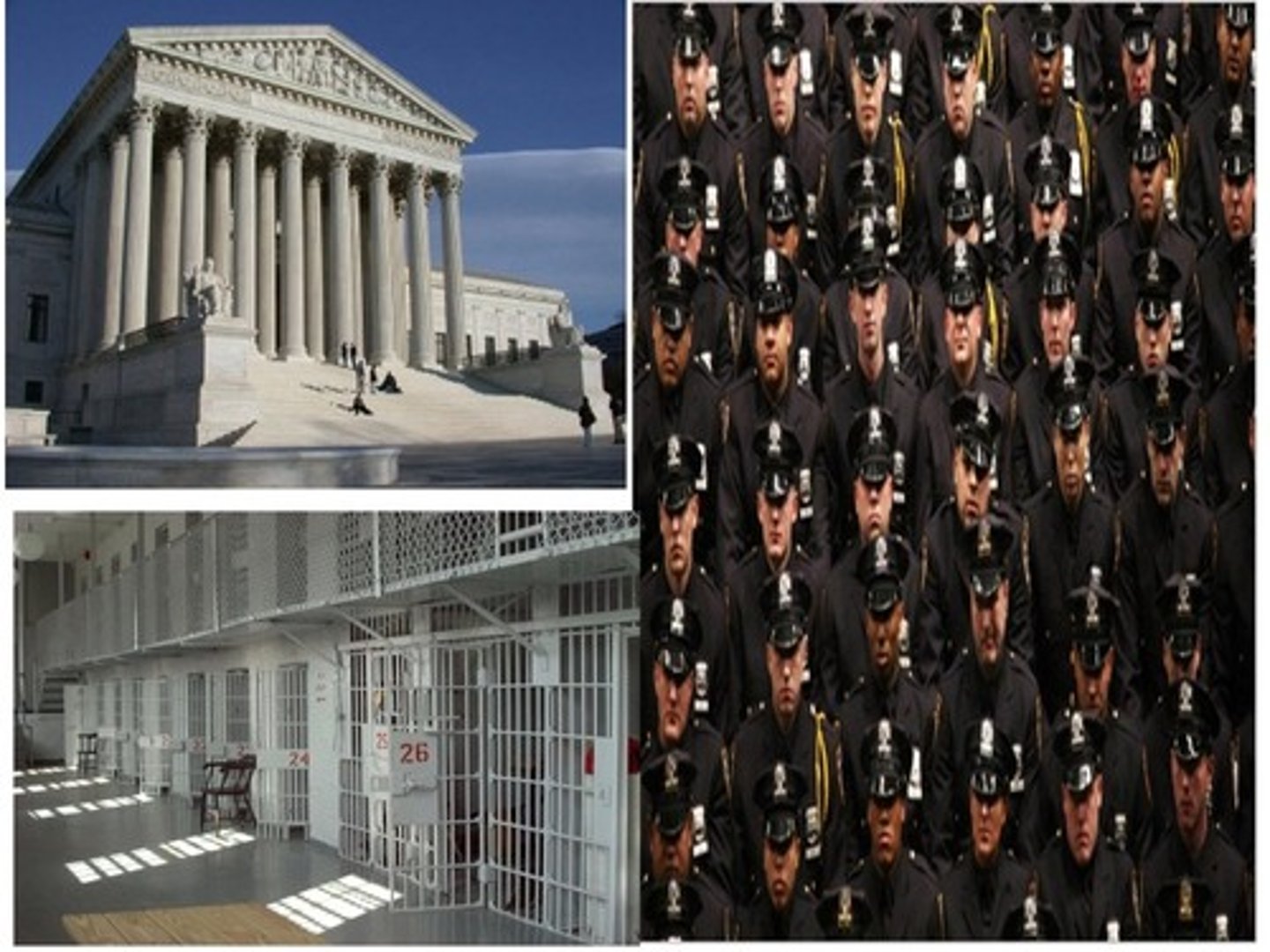
Recidivism Rate
the percentage of released convicts who are rearrested.
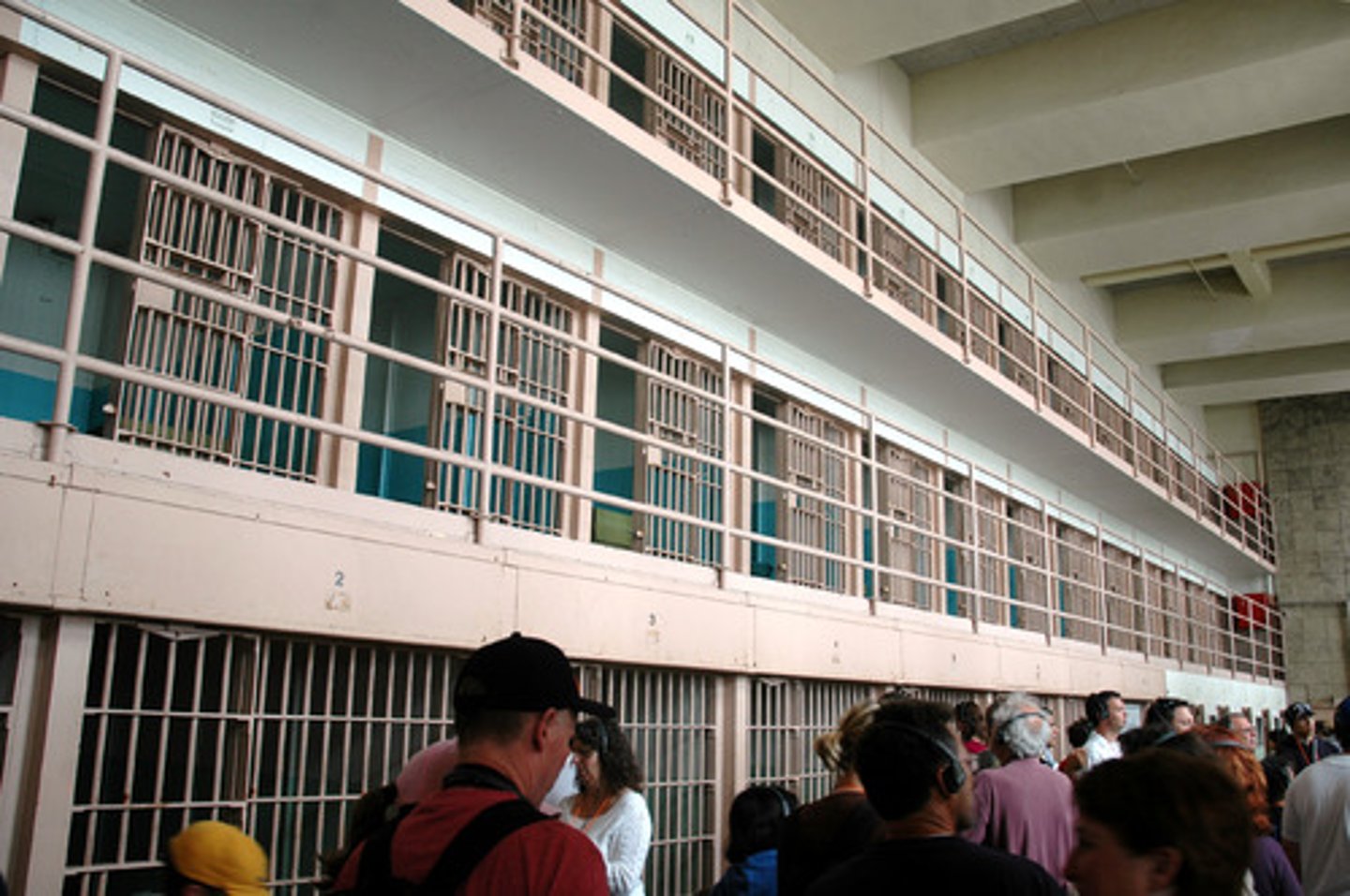
Police Discretion
the practice of the police, in the normal course of their duties, to either arrest or ticket someone for an offense or to overlook the matter.

Functionalist Perspective of Deviance- 3 ways that deviance contributes to the social order.
1. Deviance clarifies moral boundaries and affirms norms. 2. Deviance encourages social unity. 3. Deviance promotes social change.
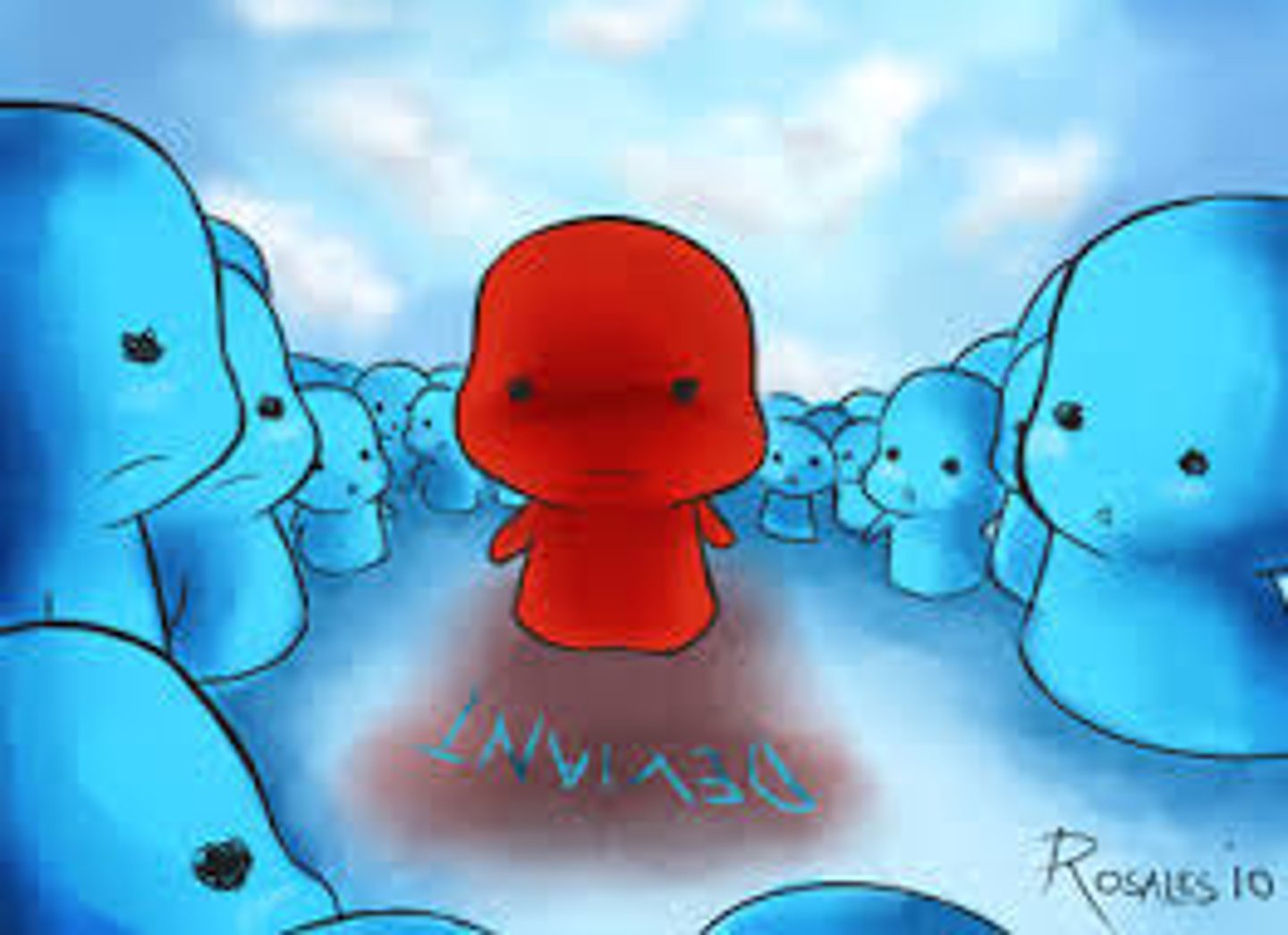
Anomie
a social condition in which norms are weak, conflicting, or absent that can lead to deviance
victimless crime
activities against the law, but that do not result in injury to any individual other than the person who engages in them
control theory of deviance
the view that people refrain from deviant behavior because of a variety of social factors control their impulses to break social norms.
organized crime
The work of a group that regulates relations among criminal enterprises involved in illegal activities, including prostitution, gambling, and the smuggling and sale of illegal drugs.
formal sanctions
sanctions imposed by persons given special authority
informal sanctions
a spontaneous expression of approval or disapproval given by an individual or a group
cultural transmission theory
theory that views deviance as a learned behavior transmitted through interaction with others
Functional perspective on deviance
Deviance has a role in society and is a natural occurrence that confirms norms, sets boundaries, encourages conformity, and sometimes creates social change
Conflict perspective on deviance
Deviance occurs because of inequalities of power and wealth. Those in power/wealth define deviance as anything opposing their power and those without power/wealth commit deviant acts to gain power/wealth if they cannot through institutionalized means
Symbolic interaction theory on deviance
-Deviance is a learned behavior, reinforced through group membership.
-Deviance results from the process of social labeling, regardless of the actual commission of deviance.
-Deviance is socially constructed according to who people associate with and can be subject to change.
Death Penalty
The punishment of execution, administered to someone legally convicted of a capital crime
Arguments against the death penalty
- Value of Human Life/Right to Life
- Applied unfairly
- Execution of the Innocent
- Retribution is morally flawed
- Brutalizing society
- Expense
- Cruel, inhumane, degrading
- Unnecessary
Arguments for the death penalty
-deterrence
-morally correct
-proportional to the crime
-reflects public opinion
-unlikely chance of error
Exonerations
People on death row, who shouldn't be; DNA is changing the criminal justice system
Gary Gilmore
He was the first person to be executed after the resumed capital punishment. 1977, was executed from the firing squad.
William Kemmler
-1st person to die in the electric chair
-Execution went wrong and the first shock did not kill him
-They had to increase the voltage and shock him again
Prisons
an institution for the incarceration of people convicted of serious crimes, usually felonies
Forms of social control
formal and informal way of enforcing social norms. Social order, Positive and negative sanctions, Degradation ceremony.
Positive informal sanctions
informal ways to show approval for continuation of behaviors Ex. Smile, high five, applause.
Negative informal sanctions
frowns, gossip, rebukes, insults, ridicule, and exclusion
ostracism
deliberate social exclusion of individuals or groups
Harold Garfinkel
developed a method for studying social interactions, called "breaching experiments," that involved having collaborators exhibit "abnormal" or "atypical" behaviors in order to see how people would react
degradation ceremony
rituals that remove people from a valued place and restrict their eligibility within a community. Shaming a person for violating norms, rules, or laws, and punishing by taking away rights and privileges and access to the group.
stigma
a mark of shame or discredit that degrades a person's claim to a normal identity
Relativity of Deviance
Because different groups have different norms, what is deviant to some may not be deviant to others. Ex: Indian man showering naked at the neighborhood water pump= not deviant in India.
Degrees of seriousness
crimes can be minor to major.
Crime Categories
personal crimes, property crimes, inchoate crimes, statutory crimes, and financial crimes
personal crimes
crimes directed against people (violent or nonviolent) examples include purse snatching, personal robbery, murder, aggravated assault, rape, robbery
property crime
crimes that do not involve violence, including burglary, larceny-theft, motor vehicle theft, and arson
Inchoate Crimes
crimes that are committed before or in preparation for committing another crime
Statutory Crimes
Crimes defined by legislative bodies in response to changing social conditions, public opinion, and custom. Examples: drunk driving and selling to minors
financial crimes
Crimes involving money. Examples tax evasion, bribery, money laundering. Victims include other companies, shareholders, taxpayers and governments
Functionalist Perspective
views society as a set of interrelated parts that work (function) together to produce a stable social system
Robert Merton's Strain Theory
deviance occurs when a society does not give all its members equal ability to achieve socially acceptable goals
Responses to Strain
conformity, innovation, ritualism, retreatism, rebellion
Conformity
compliance with standards, rules, or laws.
innovation
something new
Ritualism
The rejection of cultural goals but a rigid adherence to the legitimate means of achieving them.
Retreatism
giving up on both the goals and the means
Travis Hirschi
-Why don't people commit crimes? Our bonds to society control us.
-Attachment, Commitment, Involvement, Belief
-Individuals break the law due to a breakdown with their societal bond.
attachment
refers to the individual's level of sensitivity to the opinions of others. Individuals who are emotionally attached to others, such as parents, friends, teachers, and so on, they will be concerned about others' opinions of them, and they will therefore be less likely to commit crime for fear of losing the respect and affection of others.
commitment
belief in conventional goals, such as educational or occupational goals. People with occupational or educational goals for the future will be reluctant to risk losing the chance to achieve those goals.
involvement
the extent to which the individual's time is consumed by conventional activities. The most "common sense" part of social control theory. There are only so many hours in a day, if a great deal of time is spent in activities like schoolwork, sports, hobbies, or a job, there is no time left for criminal behavior.
belief in common values
Hirschi argued that there is variation in the extent to which people believe in the moral validity of laws and norms; some individuals regard the norms of society as more valid than others. To the extent that an individual believes moral norms are valid, he or she will be less likely to deviate from them.
elements of control theory
attachment, commitment, involvement, common value system
Edwin Sutherland's Differential Association Theory
a person's tendency toward conformity or deviance depends on the amount of contact with others who engage in normal or deviant behavior
labeling theory
theory that society creates deviance by identifying particular members as deviant
corporal punishment
Punishment that physically hurts the body, such as slapping, spanking, etc.
Consequence of labeling
people may become to believe that they are what they are labeled as others to be
Walter Scanlon
A life-time label for having once committed a crime is an unnecessary and harmful discrimination that promotes recidivism and denies employment opportunity.